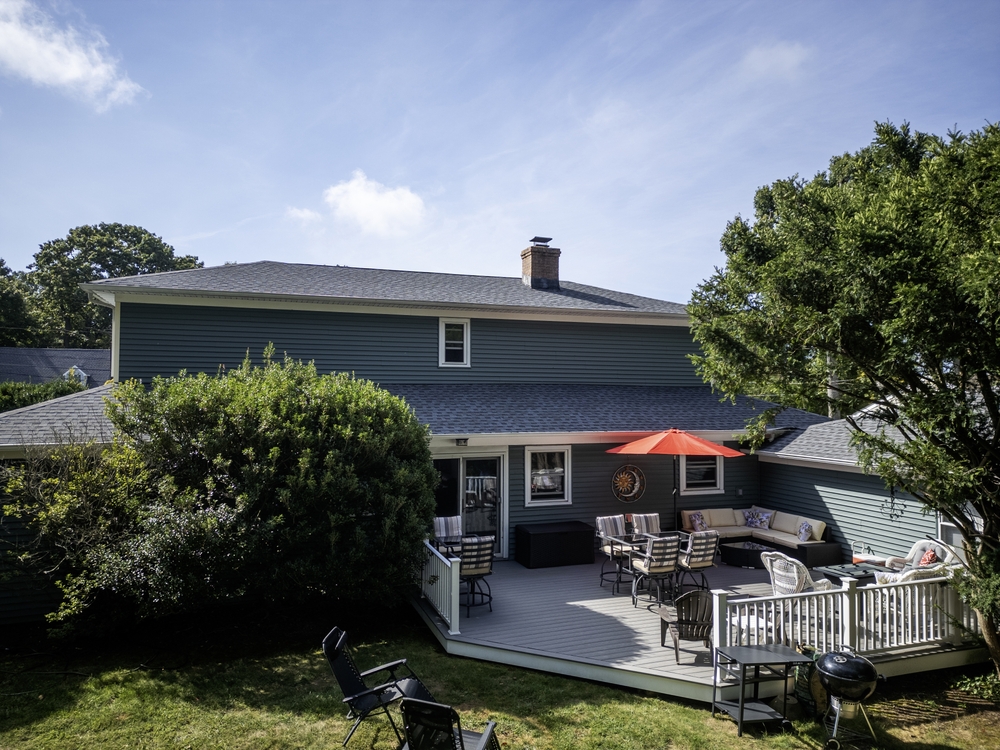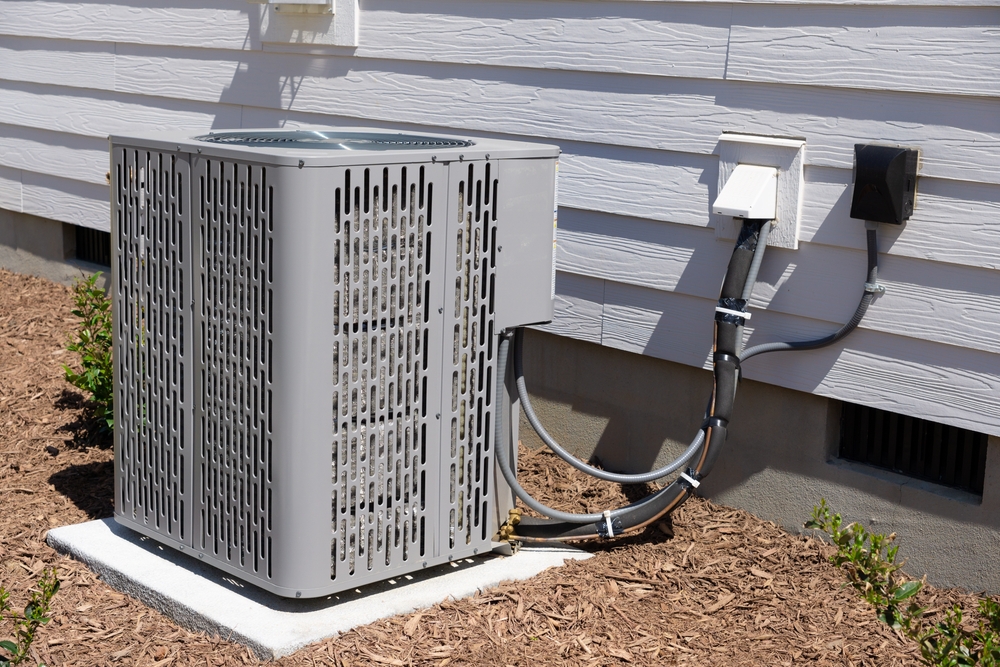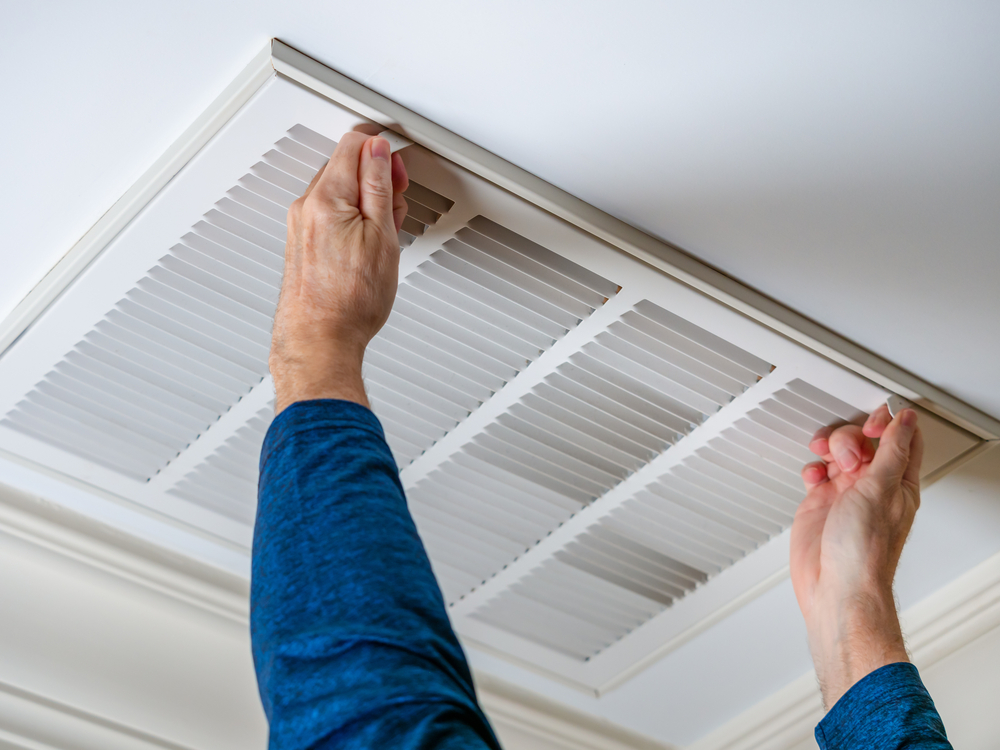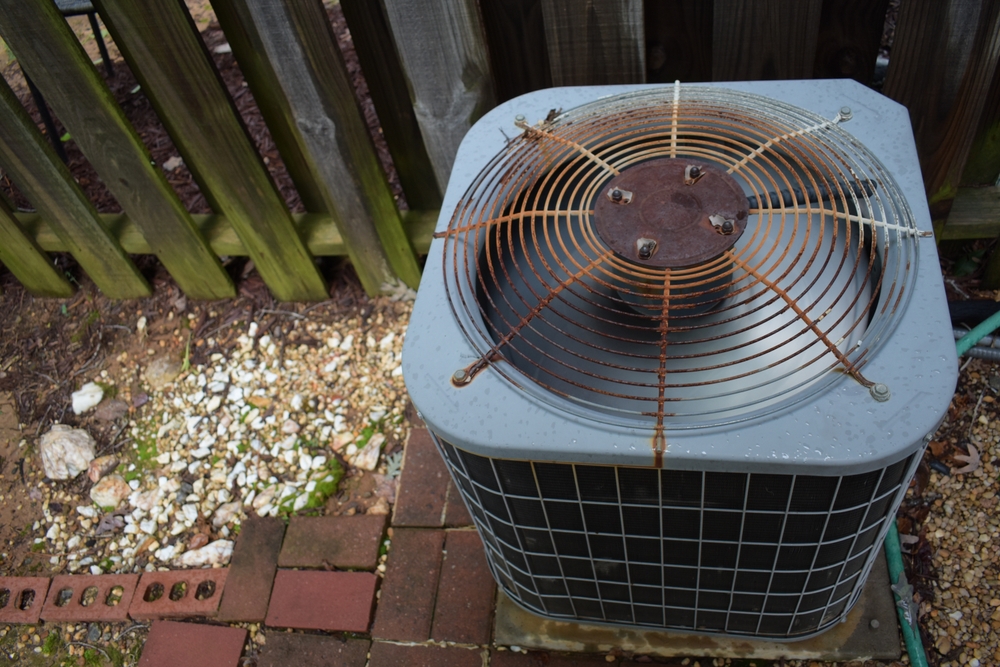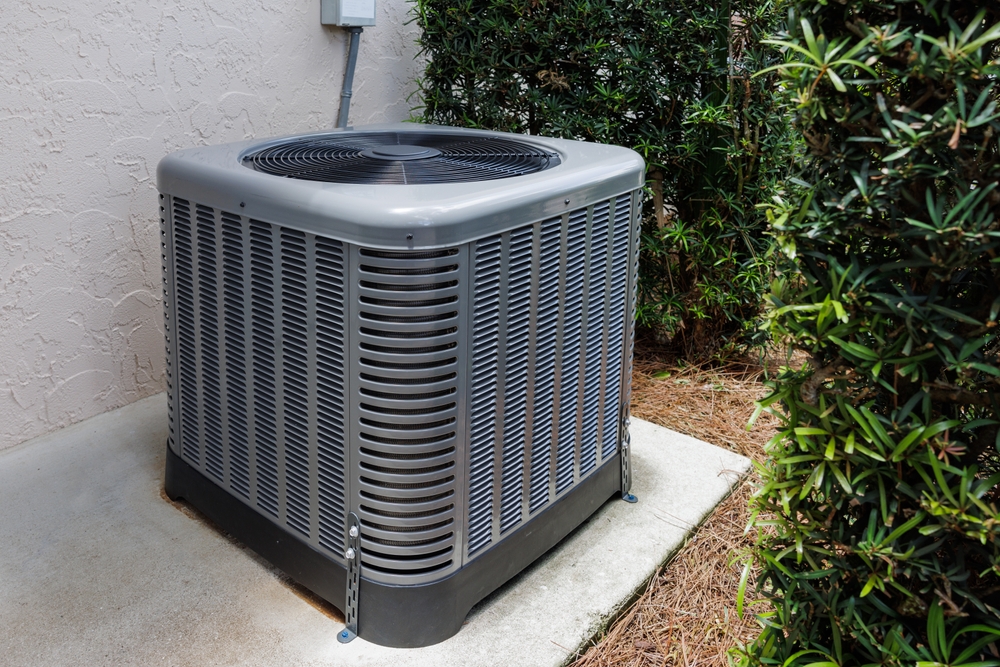15 Effective Ways to Keep Your House Cool Without AC
Living in a house that feels like an oven is no fun. Many of us depend on an air conditioner. What happens if you don’t have one, or your AC unit breaks down? Knowing how do you keep a house cool without air conditioning becomes essential.
As an HVAC company in Hatfield and surrounding areas we help people with your AC and keeping your home efficient.
Keeping your living space cooler without air conditioning isn’t just achievable; it can also be healthy. It’s not about enduring the summer heat. Let’s explore some clever and cost-effective ways to stay cool.
Simple Strategies to Stay Cool
Let’s explore quick fixes you can implement today. Some of these tips are surprising and unconventional.
Block the Direct Sunlight
The sun’s rays beaming through your windows can overheat your home. Blocking that direct sunlight is an effective way to keep your house cool. Use curtains, blinds, or specialized cooling curtains to block direct sunlight.
Close windows and cover them during the hottest times of the day. Closing your blinds or curtains can block a significant amount of sunlight. Studies show that up to 76% of sunlight entering a room becomes unwanted heat.
Optimize Natural Airflow
Do you have windows? Then let’s use them to keep your house cool. Opening windows strategically allows for natural air flow, promoting cross-ventilation and improving air exchange.
When the outdoor temperature drops, open those windows to allow fresh air to circulate. However, the Extreme Heat Preparedness guide suggests closing windows around 10 a.m. Doing this traps the cooler air and prevents warmer air from entering as the day heats up.
Strategic Use of Fans for Air Circulation
Fans don’t cool the air, but they move it around to assist with how do you keep a house cool. Strategic placement of fans can create a breeze. This helps evaporate sweat, which in turn cools your body temperature down.
Setting up a cross breeze with fans is an effective strategy. Position a fan to pull air from the coolest part of the house towards the hottest part. Using fans, especially DC-powered fans, is a great way to increase air circulation.
DIY Cooling Solutions
If you enjoy hands-on solutions, roll up your sleeves. Many easy-to-assemble cooling hacks address how do you keep a house cool without significant investment. DIY solutions are clever ways to keep your room you’re cool.
DIY Swamp Cooler
Evaporative coolers, or swamp coolers, blow air over water. These can lower the temperature through evaporation. Keep in mind that swamp coolers don’t work so well in humid areas.
Here’s how to make a basic version:
- Grab a box fan.
- Get a bucket.
- Toss in ice or frozen water bottles.
- Position the fan to blow air across the ice.
As air flows over the ice, it cools and circulates into the room. This simple method can help create cooler air.
DIY Air Conditioner
This simple DIY project uses a fan and some ice. This may get a mini air conditioner going without spending too much. Here’s what to do for how do you keep a house cool:
- Place a bowl of ice in front of a fan.
- Angle the fan, so it blows across the ice.
- Feel the cooler air.
It’s not as effective as central air. But this is a basic solution for how to keep the room you’re cool.
Long-Term Strategies
Now let’s explore improvements that, once installed, can quietly save you money. These can also improve the temperatures throughout your house. How do you keep a house cool long term? It starts with these improvements.
Install an Awning to Reduce Sunlight
Awnings are like hats for your windows. Awnings help reduce direct sunlight from entering your home, and improve your home’s energy efficiency.
Expect to pay anywhere from $1,345 up to more than $4,000 in parts and labor for a professional awning installation. An awning is a long-term solution for how do you keep a house cool.
Switch to Energy-Efficient Lighting
Lighting can make a surprising difference in indoor temperatures. Incandescent light bulbs give off heat and waste energy. Using CFLs or LEDs reduces heat, saving you money.
Incandescent light bulbs waste 90% of their energy, releasing it as heat. This drives the room’s indoor temperature up. Changing to energy-efficient bulbs reduces energy consumption and helps in how do you keep a house cool.
Use a Whole-House Fan
Whole-house fans pull cooler air in through open windows and vent hot air into the attic. These fans really create an air exchange and are very energy efficient.
They use only 10% of the energy a traditional AC unit uses. You save money and improve air circulation in the process when using a whole-house fan.
Invest in a Metal Roof
Roofing materials significantly impact home temperatures, so this addresses how do you keep a house cool? Asphalt roofs absorb heat, while metal roofs reflect sunlight, reducing heat gain and saving energy.
The costs vary, but metal roofs cost $5,500 to $15,000 on average. This depends on square footage and material. Although there is an upfront cost, the long term savings makes metal roofs great for improving indoor temperature.
Insulate Your Home Properly
Insulation doesn’t just keep your house warm in the winter. It also helps keep the heat out in the summer. Good insulation maintains a consistent indoor temperature.
Proper insulation reduces reliance on any cooling system and stabilizes indoor temperatures. Good insulation is an essential element for how do you keep a house cool.
Dealing with Extreme Heat
Extreme heat requires extra care. How do you keep a house cool when it feels like the surface of the sun? Here’s what you should know.
Know the Risks of Extreme Heat
Heatstroke is a deadly condition. It results from a rising core body temperature. This rises to 104°F, but symptoms may begin before that point.
Heat stroke kills more than 600 people in the U.S. each year. Recognizing the risks can help you take the appropriate actions.
Weather Stripping Prevents Drafts
Ensure hot air isn’t getting inside. A simple answer is weather stripping. Place these inexpensive strips on your doors that lead to the outdoors.
These easy kits usually cost less than $20, making them very affordable. Self-adhesive weather stripping is great for insulating casement, metal, and vinyl-clad windows.
Head to a Cooling Center for Air Conditioning
Sometimes, all the DIY tricks aren’t enough. If temperatures reach dangerous levels, seek refuge in air-conditioned public spaces. These locations include shopping malls, libraries, and designated cooling centers.
If the outdoor temperature is in the 90s or higher, finding a safe, air-conditioned space is critical for health. A cooling center ensures your safety during periods of extreme heat.
Small Changes Can Really Help
Some simple habit changes are helpful. These small adjustments can improve your home environment and help keep the room you’re cool.
Skip the Oven When It’s Warm Out
Ovens are space heaters in disguise. Avoid cooking in the oven during hot weather to prevent overheating your home.
Using only the microwave and grill for food can keep your home’s temperature lower. These adjustments keep you from overheating the kitchen while preparing meals.
Adjust Personal Care Routines to Help Air Cools
Hot showers raise your body temperature. Cool showers can keep the room you’re cool when it’s humid. A cool bath can also help you manage in-between times when things warm up.
Cooling your body temperature can also have a great impact. Adjusting your routine helps lower overall indoor temperatures and improve your personal comfort.
Additional Considerations to Lower Body Temperature
Assess Your Home for Ventilation from Direct Heat
Each space is different when it comes to heat. Assess what is needed based on the amount of direct sunlight.
It might sound counterintuitive, but sometimes it’s better to close your windows and blinds during the daytime. This can allow enough time in the evening to get good air circulation. Let the cool night air circulate throughout the house.
Consider Professional AC Maintenance
Proper routine air conditioning maintenance ensures that your unit stays fully optimized for when you need it. It is also beneficial to make sure it’s not pumping out hot air.
Closing Thoughts About Heat Waves
Living in hotter climates means there’s much you can do to stay cool without air-conditioning. Arm yourself with good information and protect yourself before summer strikes.
Please consult your medical provider for suggestions if you take medications and are concerned about extreme heat waves.
Cooling Products I Use
Everyone needs to stay cool during the summer. Here is what works for me. *Please note that the Amazon link in this article is part of an affiliate sales network.
What Contributes to Extreme Home Temperature?
Many factors can make a home feel too warm. These include poor window insulation and cracks in the walls that let in hot air from sunlight. High humidity conditions can also increase indoor temperature.
Take time and explore the major and minor problems contributing to a warmer home. You might find a simple solution to help address your discomfort.
| How To Stay Cool in Your House | Open Windows | Close Windows & Doors | Wear Breathable Clothing |
|---|---|---|---|
| Best Times Of Day | Especially Near Cooler Times. | Middle Of Day | Best in Humid & Sun Times |
FAQs About How Do You Keep a House Cool Without Air Conditioning
How can I make my house colder without AC?
Effective strategies include using fans to create cross-ventilation and air circulation. Also close curtains or blinds during the hottest part of the day. Evaporative cooling with DIY swamp coolers also helps in lowering indoor temperatures. Use energy-efficient lighting, and seal gaps with weather stripping to block trap heat.
How to keep your house cool in extreme heat?
During extreme heat, focus on preventing heat from entering your house. This means close windows and blackout curtains or install temporary reflectors on glass. Use short-term solutions to dissipate the sunlight hitting your windows.
How cool should my house be if it’s 100 outside?
Ideally, try to keep your indoor temperatures between 75-80°F. Employ strategies like fans and cold cloths to manage the heat. Also, limit strenuous activity. Keeping indoor temperatures within a safe range requires active intervention.
How do Amish keep cool in the summer?
The Amish use a combination of methods, including shading their homes. They use wide roof overhangs to reduce direct sunlight and enhance air circulation. Outdoor cooking reduces indoor climate effects, preserving indoor temperature.
Rest balances time outside, preventing exhaustion. They limit strenuous activities and stay near cool, shaded spaces whenever possible.
Conclusion
While AC offers convenience, knowing how do you keep a house cool without air conditioning provides real independence. The warm air in your home shouldn’t keep you from staying comfortable.
Hire Wolfpack Home Services for your HVAC in Berks County and surrounding area, we can help install AC if you don’t want to follow these steps.
With some know-how, planning, and effort, you may beat the heat and lower energy costs. Every adjustment helps protect yourself from the dangers and make the extreme heat safer for you and your family. So enjoy the season with knowledge of these methods to draw cooler air into your home.

